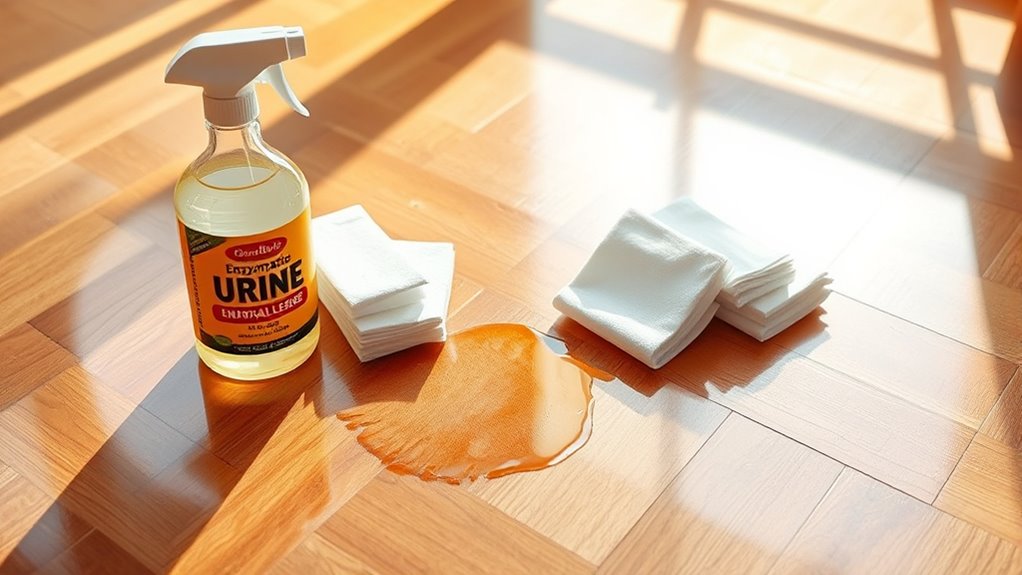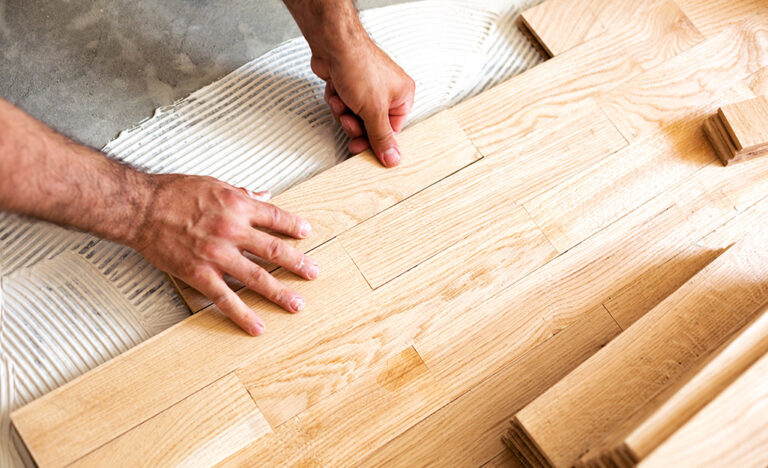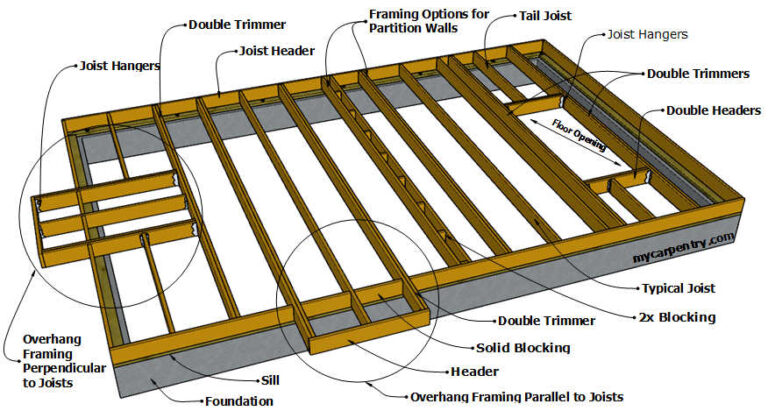To get urine off your hardwood floors, first blot the spill immediately using a microfiber cloth or paper towels—don’t rub, or you risk damage. Identify your floor’s finish type, then clean gently with a mild solution or an enzymatic cleaner to break down odors and stains. Afterward, wipe dry thoroughly to prevent moisture damage. For best results and long-lasting care, follow proper cleaning and maintenance tips to keep your floors fresh and protected from further harm.
Identifying the Type of Hardwood Finish
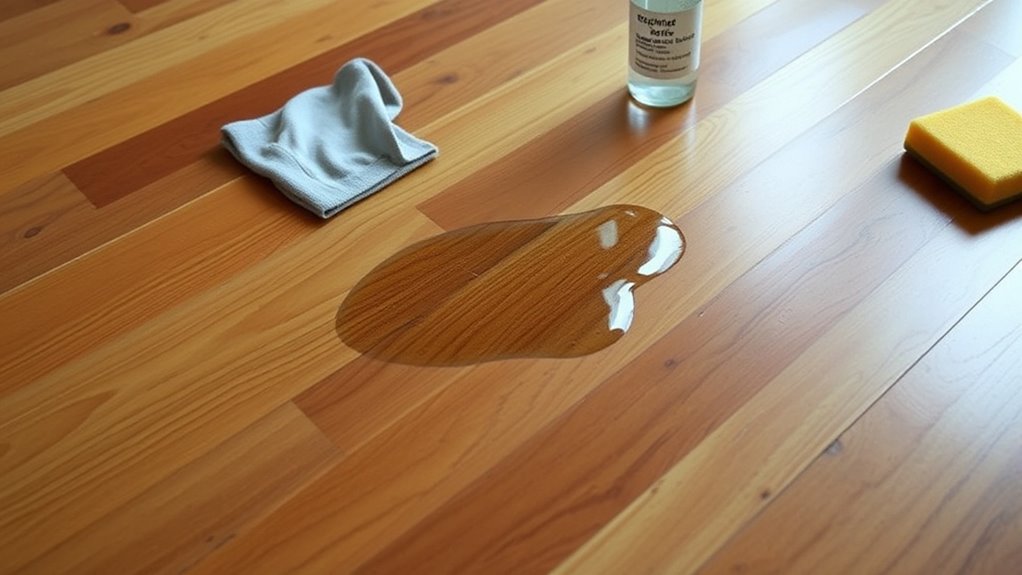
Before you begin cleaning urine off your hardwood floors, you’ll need to identify the type of finish on the wood. Hardwood finishes vary, and knowing which one you have guarantees you use the right cleaning method without causing damage. The two primary finishes are surface finishes and penetrating finishes. Surface finishes, like polyurethane or varnish, create a protective layer on top of the wood. Penetrating finishes, such as oil or wax, soak into the wood, offering a natural look. To identify types, examine your floor’s sheen and texture—surface finishes tend to be glossy and smooth, while penetrating finishes feel more matte and natural. You can also test a small, hidden area with water; if it beads, it’s likely a surface finish. Accurately identifying hardwood finishes protects your floors and gives you freedom in your cleaning approach.
Gathering Necessary Cleaning Supplies
Knowing your hardwood floor’s finish helps you choose the right cleaning supplies to avoid damage. Before you start, gather essential cleaning tools and keep safety precautions in mind to protect yourself and your vloer. Use gentle, non-abrasive products suitable for your floor type to maintain freedom from stains without risking wear.
| Reinigingsgereedschap | Doel |
|---|---|
| Microfiber cloth | Gentle wiping |
| Mild detergent | Safe cleaning |
| Emmer | Mixing cleaning solution |
| Handschoenen | Protect skin from irritants |
| Soft-bristle brush | Light scrubbing on stubborn spots |
Having these supplies ready guarantees you’re equipped to handle urine stains effectively while preserving your hardwood’s integrity.
Blotting Up Fresh Urine Spills
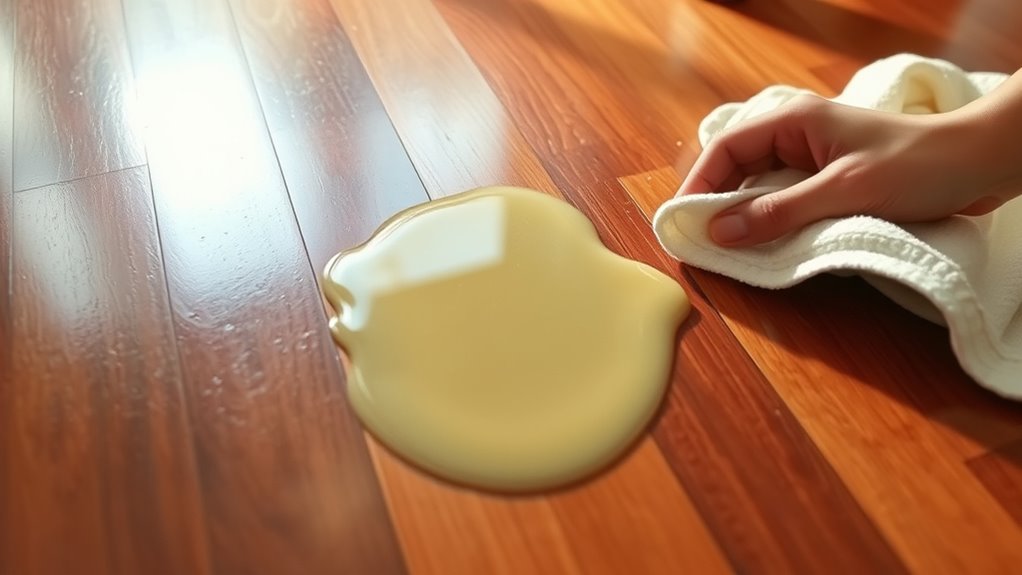
When you spot fresh urine on your hardwood floor, act quickly to blot it up using a clean, absorbent cloth or paper towel. Avoid rubbing, as that can spread the moisture and cause damage. After blotting, use a safe cleaning solution designed for hardwood to remove any remaining residue without harming the finish.
Immediate Absorption Techniques
One of the quickest ways to prevent urine from seeping into your hardwood floors is to act immediately and blot up the spill. Quick action using the right absorption materials can save your floor from lasting damage. Grab a clean cloth, paper towels, or an absorbent sponge to soak up as much liquid as possible without rubbing it in.
| Absorption Material | Effectiveness | Usage Tip |
|---|---|---|
| Paper Towels | Hoog | Use multiple layers |
| Microvezeldoek | Medium | Blot gently |
| Absorbent Sponge | Hoog | Press, don’t rub |
Veilige reinigingsoplossingen
After soaking up as much urine as possible, the next step is to clean the area with a safe solution that won’t damage your hardwood floors. You can rely on natural alternatives like a mixture of white vinegar and water, which neutralizes odors without harsh chemicals. Another effective homemade remedy is a blend of baking soda and water; it gently lifts stains and absorbs moisture. Avoid ammonia-based cleaners since they can worsen odors and harm finishes. Apply your chosen solution with a soft cloth, gently blotting the spot rather than scrubbing. This approach protects your floors while effectively removing urine residues. By opting for these natural alternatives and homemade remedies, you maintain your floor’s integrity and enjoy the freedom of a clean, fresh home without relying on harsh, toxic products.
Preparing a Safe Cleaning Solution
To prepare a safe cleaning solution for urine on hardwood floors, you’ll need just a few common ingredients that won’t damage the wood finish. Start with a cup of warm water, and add two tablespoons of white vinegar—this natural acid neutralizes odors without harsh chemicals. Next, mix in a teaspoon of mild dish soap, which helps break down grime gently. These safe ingredients create an effective homemade solution that protects your floor’s surface. Avoid bleach or ammonia, as they can harm the wood. Stir the mixture well, and you’re ready to tackle the stain without worry. Using homemade solutions with safe ingredients lets you maintain your hardwood’s beauty while keeping your cleaning routine simple and chemical-free.
Cleaning the Affected Area Thoroughly
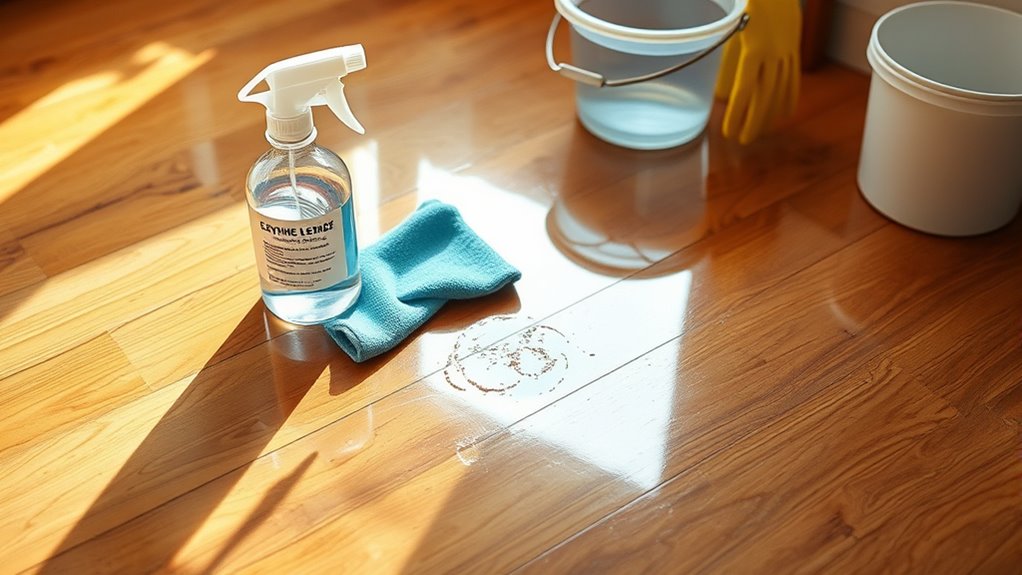
Start by blotting the urine spot with a clean, absorbent cloth to soak up as much liquid as possible. Next, apply your prepared cleaning solution directly to the affected area, allowing it to penetrate the stain. Use gentle cleaning techniques—like a soft-bristle brush or microfiber cloth—to lift the stain without damaging the wood. Avoid harsh scrubbing, which can worsen the damage.
| Stap | Actie |
|---|---|
| 1 | Blot excess urine |
| 2 | Apply cleaning solution |
| 3 | Gently scrub with soft brush |
| 4 | Wipe dry with clean cloth |
Following these steps guarantees effective stain removal while preserving your hardwood floor’s finish and your freedom from lingering marks.
Removing Odors From Hardwood Floors
Three common methods can help you effectively remove urine odors from hardwood floors. First, use enzymatic cleaners designed for odor neutralization techniques; they break down urine molecules, eliminating smells at the source without harming your floor’s finish. Second, apply a mixture of white vinegar and water—vinegar naturally neutralizes odors and disinfects while being safe for hardwood floor maintenance. Finally, sprinkle baking soda over the dry area; let it sit for several hours to absorb lingering odors before vacuuming it up. These methods give you control over maintaining a fresh, clean environment, preserving your floor’s beauty and longevity. Consistent use of odor neutralization techniques guarantees your hardwood floors stay odor-free, allowing you the freedom to enjoy your space without worry.
Preventing Stains and Damage
You should clean up urine spills immediately to prevent stains and long-term damage to your hardwood floors. Applying protective treatments, like sealants or finishes, can create a barrier that helps repel moisture. Taking these steps will keep your floors looking their best and extend their lifespan.
Immediate Cleanup Importance
Although it might seem minor, cleaning up urine from hardwood floors immediately is essential to prevent stains and lasting damage. Taking immediate action stops urine from seeping into the wood, which can cause discoloration and warping. Plus, it reduces health risks linked to bacteria and odors. When you act quickly, you maintain your floor’s beauty and your home’s hygiene.
To clean effectively, focus on:
- Blotting urine promptly with absorbent materials
- Using gentle, pH-balanced cleaners
- Avoiding harsh chemicals that damage finish
- Drying the area thoroughly to prevent moisture buildup
- Ventilating the room to eliminate odors
Protective Floor Treatments
Protective floor treatments act as an essential barrier against urine damage, helping you maintain your hardwood’s appearance and durability. Applying protective coatings or floor sealants creates a resilient surface that resists moisture penetration, preventing stains and warping. You’ll want to choose a high-quality sealant designed specifically for hardwood floors to guarantee peak protection. Regularly reapplying these treatments keeps your floors safeguarded, especially in high-traffic or accident-prone areas. Remember, even the best protective coatings can’t replace immediate cleanup, but they considerably reduce long-term damage and staining risks. By investing time in these treatments, you’re giving your hardwood floors a durable shield that preserves their natural beauty and extends their lifespan, so you can enjoy freedom from constant worry about urine-related damage.
Using Enzymatic Cleaners Effectively
Enzymatic cleaners break down urine molecules at their source, making them one of the most effective solutions for hardwood floors. To get the best results, you need to guarantee proper enzyme activation, which happens when the cleaner stays moist and undisturbed for the recommended time. Consistent cleaning frequency also prevents stains and odors from setting in.
Keep these tips in mind:
- Apply enzymatic cleaner generously to saturate affected areas
- Avoid rinsing immediately; let enzymes work for 10–15 minutes
- Use a damp cloth to blot excess liquid afterward
- Repeat cleaning if odor persists, respecting product guidelines
- Store cleaner in a cool, dark place to preserve enzyme activity
Tips for Maintaining Hardwood Floors Post-Cleanup
Once you’ve thoroughly treated the urine stains with enzymatic cleaners, the next step is to maintain your hardwood floors to prevent future damage and keep them looking their best. Proper floor maintenance is essential for long term care, ensuring your floors stay durable and beautiful. Regular cleaning, immediate spill cleanup, and using protective pads can extend the life of your wood.
| Actie | Voordeel |
|---|---|
| Sweep/Dust regularly | Prevents dirt scratches |
| Wipe spills promptly | Stops stains & warping |
| Use mild cleaners | Protects wood finish |
| Apply floor polish | Restores shine and protection |
| Use furniture pads | Avoids dents and surface damage |

